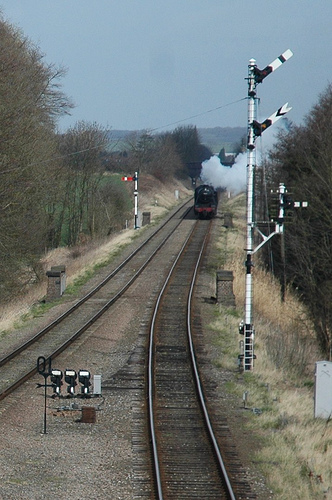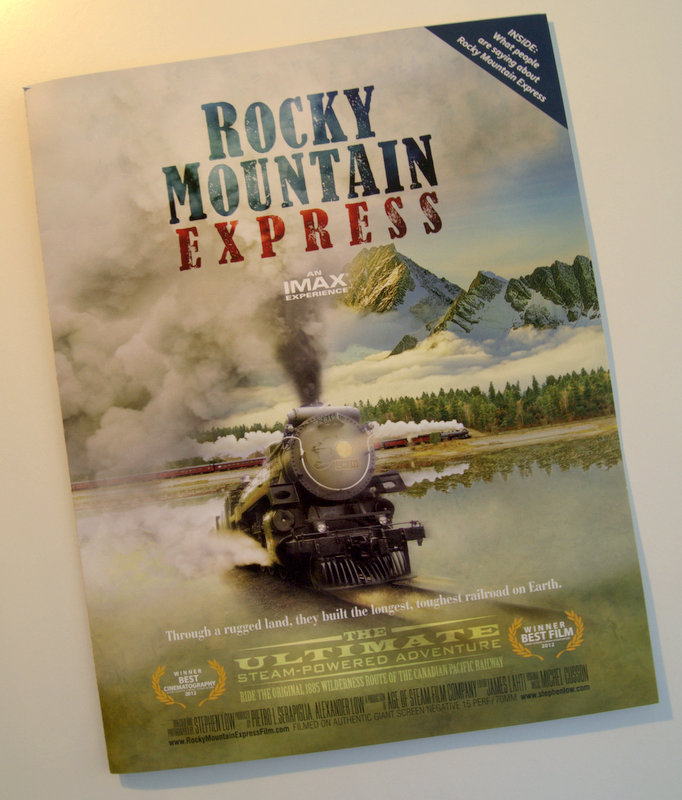Steaming across Canada by rail

Before traveling anywhere in the world, there’s the idea of going and the planning begins. That might mean reading guidebooks and memoirs, but seeing movies bring dream destinations to life is powerful stuff. A road trip to Banff, Canada, introduced the idea of riding across the continent by rail to me decades ago. The dream came true vicariously while recently watching a preview of The Rocky Mountain Express.
 Watching a movie on a screen that stretches seamlessly nearly 100 feet wide and high is an experience everyone should enjoy at least once in their lives. I’m not talking about seeing the latest blockbuster in 3-D IMAX at the local theater but in an IMAX dedicated movie theater and a film created with the super IMAX film making techniques, not just adapted to them.
Watching a movie on a screen that stretches seamlessly nearly 100 feet wide and high is an experience everyone should enjoy at least once in their lives. I’m not talking about seeing the latest blockbuster in 3-D IMAX at the local theater but in an IMAX dedicated movie theater and a film created with the super IMAX film making techniques, not just adapted to them.
There have been exhilarating big screen adventures over the past several decades but this new one is taking viewers on a ride unlike any before. Rocky Mountain Express was awarded Best Film Short Subject and Best Cinematography by the Giant Screen Cinema Association (GSCA).
The opening shots sweep over snowy crags of the Canadian Rockies and then close-ups are edited together as gears move, massive metal parts lumber into position, steam gauges swivel and then the pivotal shots of four numbers: 2816, looms into view. The star of the project is the Empress (CPR 2816), a steam locomotive built in 1930 that has just recently been restored by the Canadian Pacific Railway.
The film is also a historical documentary that immerses you in the challenges of building the coast to coast Canadian rail line. Egos tangled over selecting the best routes. New building techniques were tried, discarded and re-invented. Races collided when Chinese laborers slaved in a race to complete the shore to shore line before the Americans did. Archival photographs, footage, hand-bills and interviews help create an experience that no reality TV show could approach.
The production was filmed with full 15/70 negative—the world’s largest film format, which provides unmatched image fidelity on the giant screen. Sound, too, is unmatched, at least in the San Diego premier at the also newly refurbished Ruben Fleet Science Center IMAX Theater. The film’s sound team has carefully and faithfully captured and rendered in six-channel sound, the varied audio chorus produced by a locomotive, and then matching this with an original musical score by celebrated composer Michel Cusson.
Brochure photo courtesy of author and steam engine tracks by Stephen Jones.

3 comments